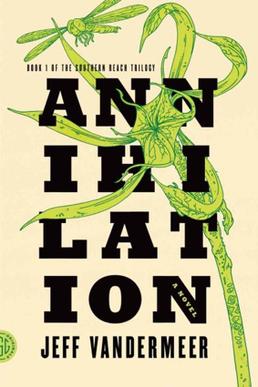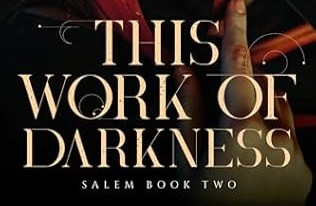“Lives coil within lives. Dreams coil within dreams.”
First and foremost, I would like to thank Lucretia Grindle for providing me with an ARC of This Work of Darkness. Being immersed in 17th-century Salem Massachusetts was just what I needed to escape the insanity of the holiday season. With a planned publication date of January 16, 2025, This Work of Darkness is Book 2 of Grindle’s Salem duology. For anyone who has not read The Devil’s Glove, Book 1 of this series, please see my review here.
The Plot.
In the opening chapters of This Work of Darkness, we meet back up with Resolve Hammond. Now a young woman of means, living comfortably within the English family home in the heart of Salem, Massachusetts. Her days are filled with the rhythms of life in the bustling town – tending to the English family store and interacting with the townsfolk.
However, beneath this veneer of contentment lies a deep-seated guilt. Years ago, Resolve made a solemn promise to Thaddeus and Abigail Hobbs: she would always protect and care for Abigail as a sister. Driven by a conscience burdened by her broken promise, Resolve seeks out Abigail. The stark contrast between her own privileged existence and the abject poverty and despair she witnesses at the Hobbs farm does nothing to alleviate her guilt. Abigail’s deteriorating mental state serves as a painful reminder of Resolve’s failings.
As Resolve grapples with her guilt and the haunting memories of her past, a sinister undercurrent begins to stir within Salem. Accusations of spectral visitations and inexplicable afflictions erupt within the community, casting a pall of fear and suspicion over the townsfolk. One by one, the women in Resolve’s life – her friends, her confidantes, the very fabric of her social circle – are swept away by the hysteria, accused of witchcraft, and dragged before the court.
Highlights.
A key highlight of This Work of Darkness lies in Grindle’s masterful weaving of historical figures and events with her compelling fictional characters. This is historical fiction at its finest. The novel is rich with recognizable names and occurrences from the Salem Witch Trials, prompting me to frequently delve into further research, eagerly verifying the historical accuracy of characters I didn’t immediately recognize. To my delight, many of these were indeed real figures, and the book itself served as a fascinating gateway to deeper historical exploration. Grindle deserves significant praise for her poignant portrayal of the human suffering that unfolded during this period. Unlike many novels on the Salem Witch Trials, This Work of Darkness delves deeply into the individual experiences of its characters, meticulously exploring their motivations, relationships, and the profound impact of the hysteria on their lives.
Drawbacks.
This Work of Darkness is a sequel and as such of course must make references to the first work as a way to join the two together. However, I found that Grindle spent a lot of time in the first half of this novel recounting and rehashing the events of The Devil’s Glove. This can feel somewhat repetitive for readers experiencing this book as a sequel, and overwhelming for those approaching the novel as a standalone work.
As I mentioned in my review of The Devil’s Glove, Grindle is a wordsmith. This has not changed. However, while the phrase “Mother Gossip” (not a character but the gossip trending through the social circles of the story) initially adds a unique flavor to the novel’s language, its frequent recurrence throughout the narrative detracts from the overall reading experience. This repetitive use of the phrase, despite its initial charm, becomes somewhat tedious and disrupts the flow of the otherwise creatively written story.
The Final Take.
This Work of Darkness had me digging through the back of my bookshelf and rediscovering the joy that is Henry Miller’s, The Crucible. While the complete truth of the Salem Witch Trials may forever remain shrouded in mystery, Grindle’s exploration of the social and psychological factors that fueled the accusations was particularly insightful and entertaining.
As with its predecessor, I found myself captivated by the narrative, marking numerous passages and quotes. Perhaps my favorite from the entire series, is found in Chapter 29:
‘Truth, I would remind him, had little to do with anything these days. What mattered was what people chose to believe. That was what turned the jail keys.”
Pretty profound if you ask me.

(4.5 / 5)


 Movies n TV2 days ago
Movies n TV2 days ago
 Movies n TV4 days ago
Movies n TV4 days ago
 Original Creations2 days ago
Original Creations2 days ago
 Book Reviews6 days ago
Book Reviews6 days ago
 (4 / 5)
(4 / 5)

 (4.5 / 5)
(4.5 / 5)
 (5 / 5)
(5 / 5)